Bias Navigator - AI-driven bias analysis
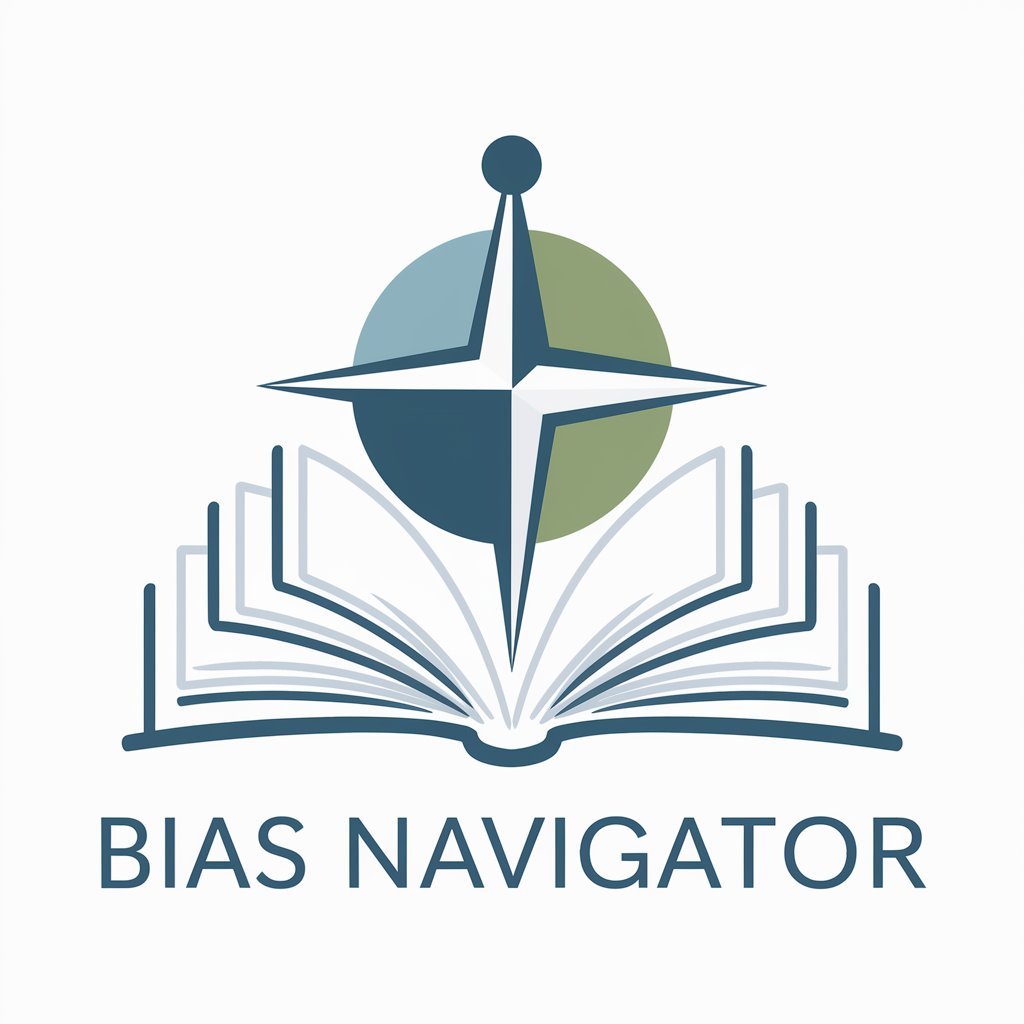
Hello! I'm here to help you explore and understand cognitive biases.
Navigate cognitive biases with AI
Can you explain how the anchoring bias affects decision-making?
What is confirmation bias, and how does it impact our judgments?
How can the availability heuristic lead to errors in perception?
In what ways does the framing effect influence our choices?
Get Embed Code
Understanding Bias Navigator
Bias Navigator is designed as a specialized tool within the broader landscape of artificial intelligence, specifically tailored to enhance users' understanding and navigation of cognitive biases in various contexts. Its primary aim is to demystify the complex web of biases that influence human decision-making, perception, and social interactions. Through a blend of factual, evidence-based information and user-friendly explanations, Bias Navigator strives to make the subject of cognitive biases accessible to a wide audience. For instance, in discussions about decision-making in financial investments, Bias Navigator could help illustrate how confirmation bias (the tendency to search for, interpret, favor, and recall information in a way that confirms one's preexisting beliefs or hypotheses) might lead an investor to overlook critical data points that contradict their initial assumptions. Similarly, in a social interaction scenario, it might explain the impact of the halo effect, where an individual's overall impression of a person influences how they feel and think about that person's character or properties. Powered by ChatGPT-4o。

Core Functions of Bias Navigator
Educating on Cognitive Biases
Example
Confirmation Bias, Halo Effect, Anchoring Bias
Scenario
Bias Navigator offers detailed explanations and examples of various cognitive biases, aiding users in recognizing these biases in their own thought processes. For example, it could help a user identify anchoring bias in salary negotiations, where the initial number proposed significantly influences the negotiation outcome, even if that number was arbitrary.
Real-World Application Guidance
Example
Decision Making in Business, Social Perception
Scenario
It provides guidance on applying knowledge of cognitive biases to real-world situations. This could include advice for business leaders on avoiding sunk cost fallacy when making strategic decisions, or for individuals to understand how the fundamental attribution error might affect their perception of others' actions in social contexts.
Enhancing Critical Thinking
Example
Analyzing News, Assessing Risk
Scenario
Bias Navigator aids in enhancing critical thinking by helping users question their assumptions and the information presented to them, especially in areas prone to misinformation. It could assist in evaluating the reliability of different news sources or in making more informed decisions by understanding the availability heuristic's influence on risk assessment.
Who Benefits from Bias Navigator?
Educators and Students
This group benefits from Bias Navigator by incorporating its insights into curricula and learning processes, fostering a more critical and nuanced understanding of human psychology and behavior. It serves as a resource for developing critical thinking and decision-making skills.
Professionals in Decision-Making Roles
Leaders, managers, and professionals across various industries can use Bias Navigator to refine their decision-making processes, recognizing and mitigating the influence of cognitive biases in strategic planning, human resources, marketing, and more.
General Public with an Interest in Personal Development
Individuals keen on self-improvement and enhancing their interpersonal skills can find Bias Navigator invaluable for understanding the biases that affect daily decision-making and social interactions, leading to more mindful and informed choices.

How to Use Bias Navigator
Access
Visit yeschat.ai for a free trial without login, also no need for ChatGPT Plus.
Select Bias Navigator
Choose Bias Navigator from the available tools to start exploring cognitive biases in decision-making and social interactions.
Input Your Queries
Type your questions or topics related to cognitive biases directly into the interface to receive tailored, evidence-based responses.
Explore Responses
Interact with the provided answers to deepen your understanding, and utilize follow-up questions to explore further details or new aspects.
Apply Insights
Use the insights gained to improve your decision-making process, avoid common biases, and enhance your understanding of social dynamics.
Try other advanced and practical GPTs
Glyph Ad Headline Writer
Craft Winning Ads with AI

LocalGPT
Elevating Local Businesses with AI-driven SEO
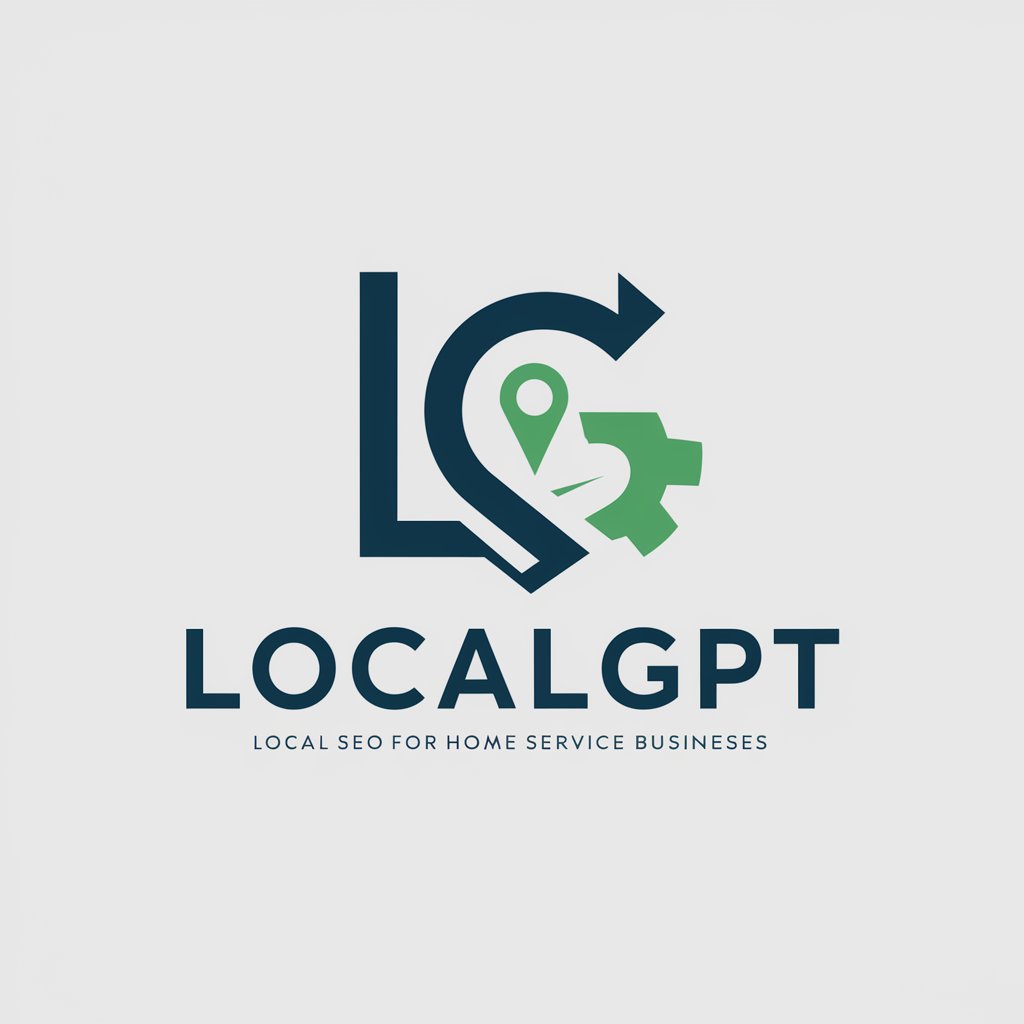
Meme Maker
Craft engaging memes effortlessly with AI.
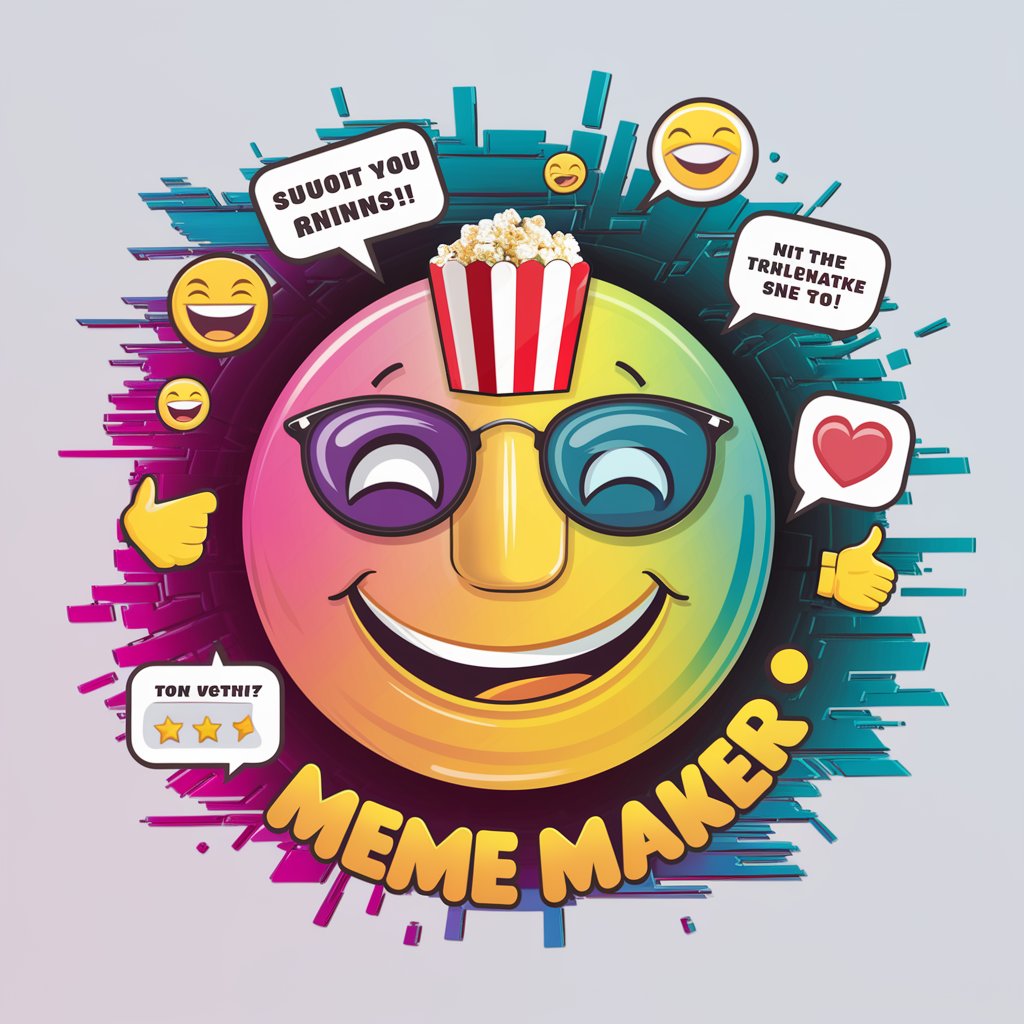
R2D3 | Merry Meme Maker 🍪 🎄
Craft Festive Joy with AI-Powered Memes

Meme Maker
Turn ideas into memes instantly with AI.
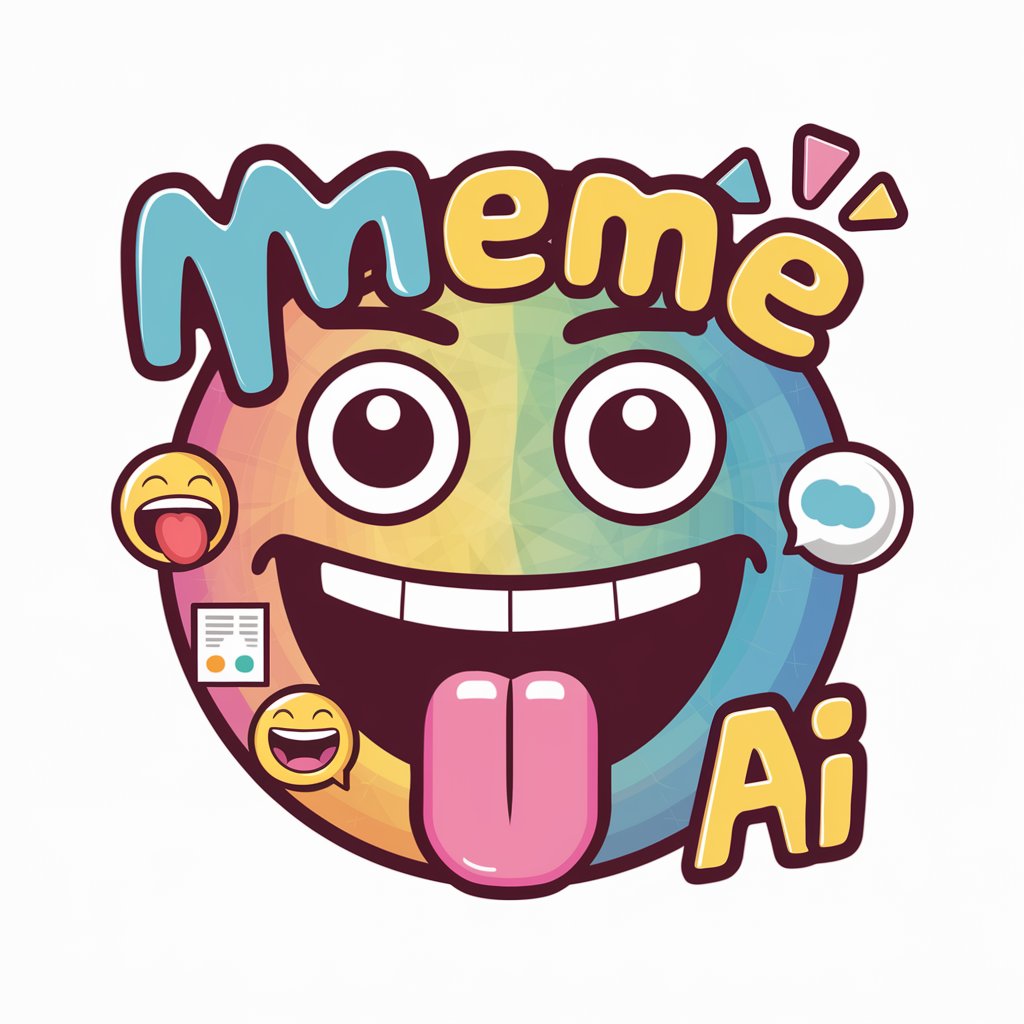
Meme Maker
Craft Memes with AI-Driven Wit

Ask Shakespeare
Explore Shakespeare with AI-powered insights

Enhanced Bibliographer
Streamline Your Citations with AI-Powered Precision

Logo Muse
Crafting Your Digital Identity

The Sunless Citadel Companion
Elevate Your D&D Campaigns with AI

Fact Weaver
Imagining Reality with AI
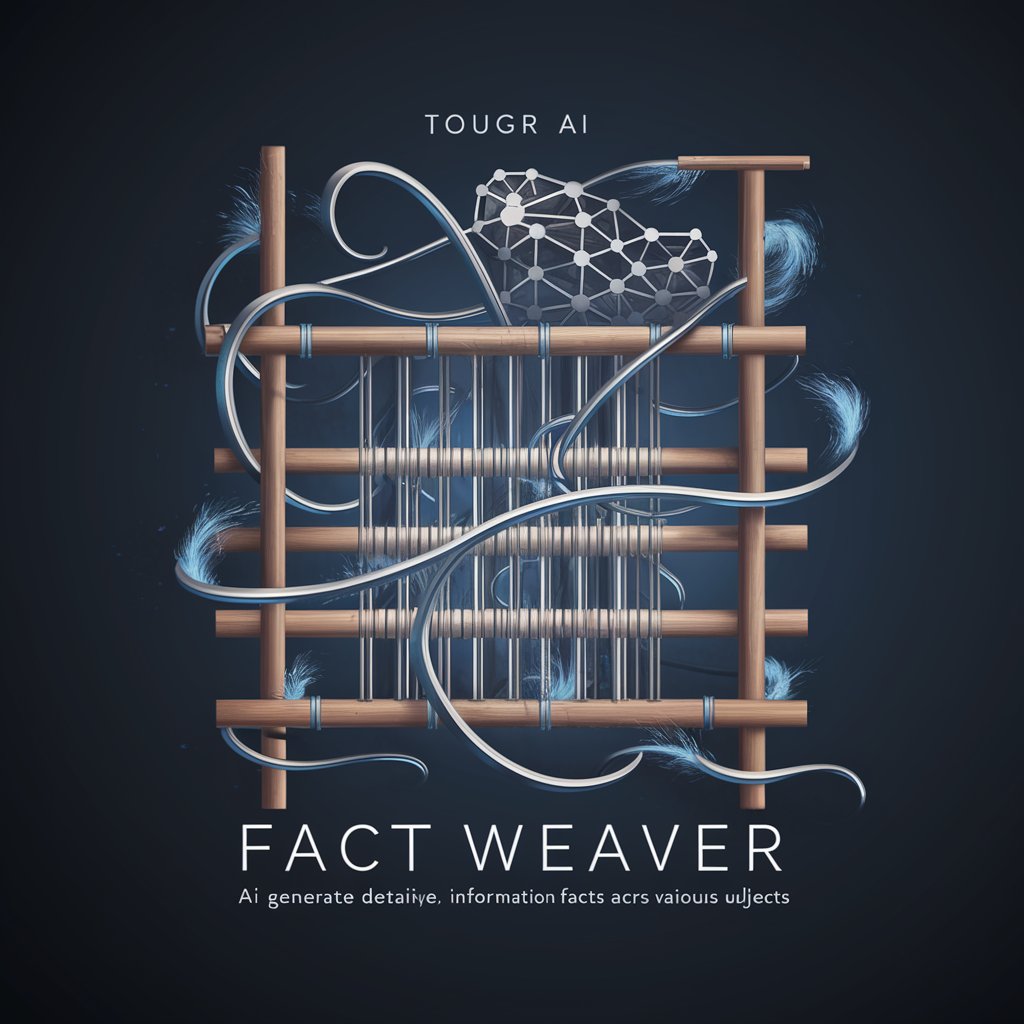
High School Teacher Report Writing
AI-powered, personalized academic reporting.
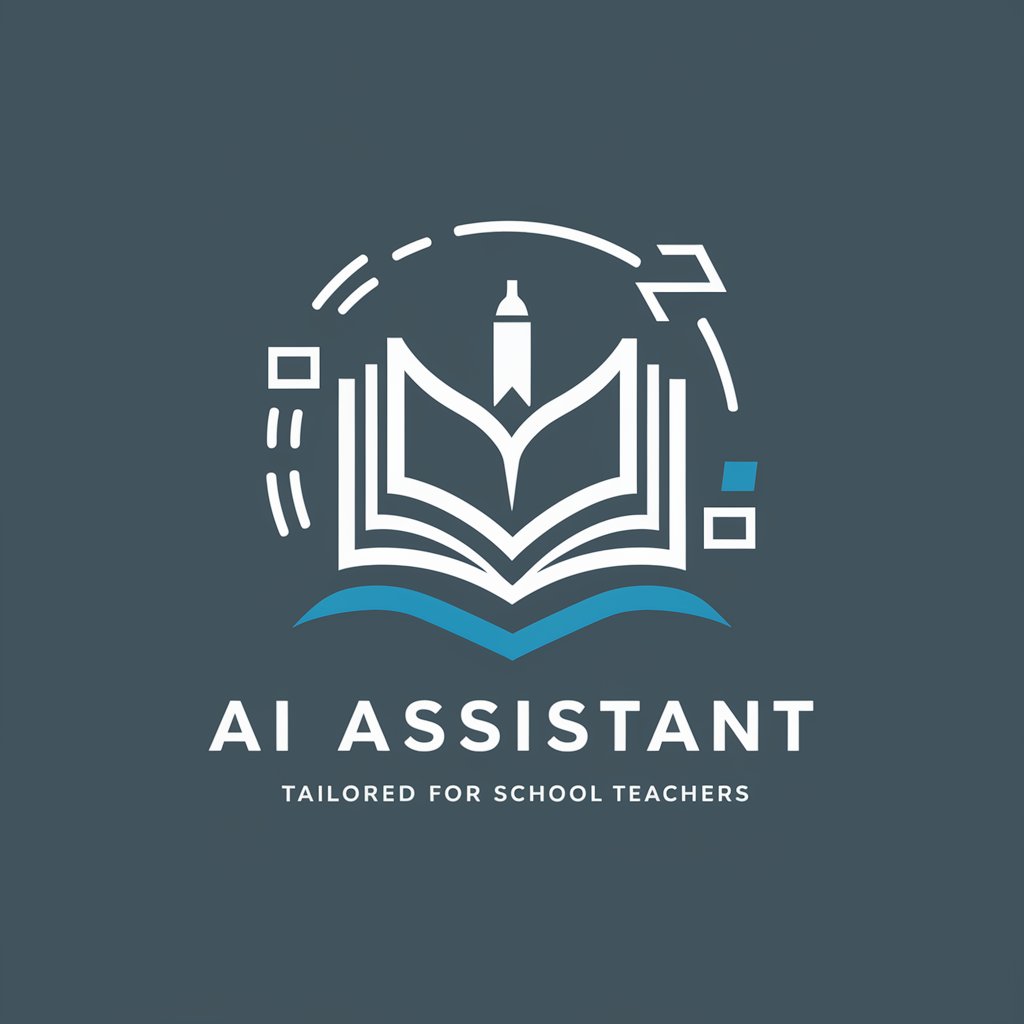
Detailed Q&A About Bias Navigator
What types of cognitive biases can Bias Navigator help identify?
Bias Navigator can help identify a wide range of cognitive biases such as confirmation bias, anchoring, the halo effect, and many more, providing detailed explanations and examples of how they operate in various contexts.
Can Bias Navigator be used for educational purposes?
Absolutely, Bias Navigator is an excellent resource for educational settings, aiding both students and educators in understanding and teaching cognitive biases effectively with accessible information and practical examples.
How does Bias Navigator ensure the neutrality of its responses?
Bias Navigator uses a fact-based approach, relying on evidence from psychological research to provide answers. It avoids personal opinions and maintains neutrality by sticking to validated scientific findings.
What makes Bias Navigator different from other AI tools?
Bias Navigator specializes in the field of cognitive biases, offering tailored, specific information that helps users recognize and counteract biases in decision-making and interpersonal interactions, unlike generalist AI tools.
How can Bias Navigator be integrated into workplace training?
Bias Navigator can be integrated into workplace training programs to enhance employees' awareness of unconscious biases, improve decision-making skills, and foster a more inclusive culture by understanding and managing biases.
